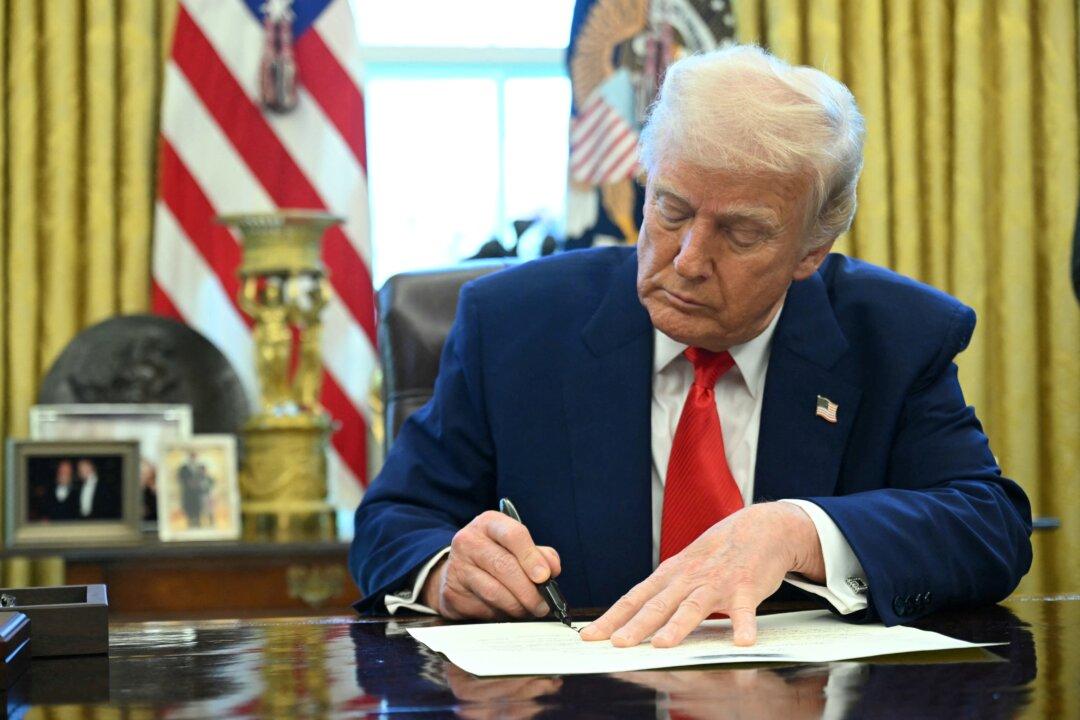The Group of Seven (G-7) nations plan to raise $600 billion over the next five years for a global infrastructure program that will serve as a “positive alternative” to models that sell “debt traps.”
G-7 leaders from the United States, Canada, Germany, Italy, Japan, and the European Union unveiled the Partnership for Global Infrastructure and Investment (PGII) at a summit in Bavaria, Germany, on Sunday.
The White House said that Washington alone would mobilize $200 billion for the PGII “through grants, federal financing, and leveraging private sector investments” by 2027, and “this will only be the beginning.”
U.S. President Joe Biden said the investments would be made toward four critical areas: “health and health security, digital connectivity, gender equality and equity, climate and energy security.”
China’s Belt and Road Initiative
The PGII was launched a year after Biden introduced the Build Back Better World initiative at the 2021 G-7 summit, at which he said the program would reflect the values of democracies rather than “autocratic lack of values.”“What’s happening is that China has this Belt and Road Initiative, and we think that there’s a much more equitable way to provide for the needs of countries around the world,” Biden said in June last year.
The program appears to rival China’s Belt and Road Initiative, which was launched by Chinese leader Xi Jinping in 2013 to increase Beijing’s trade networks by financing infrastructure projects throughout Southeast Asia, Africa, Europe, and Latin America.





